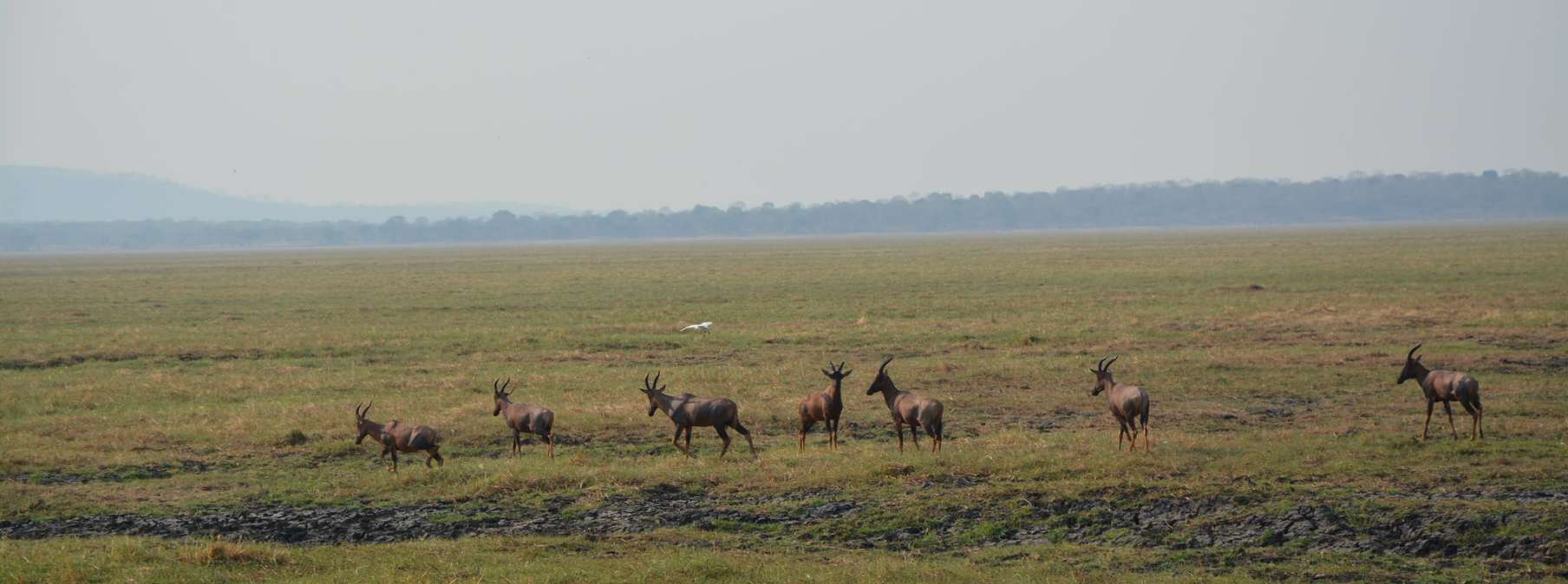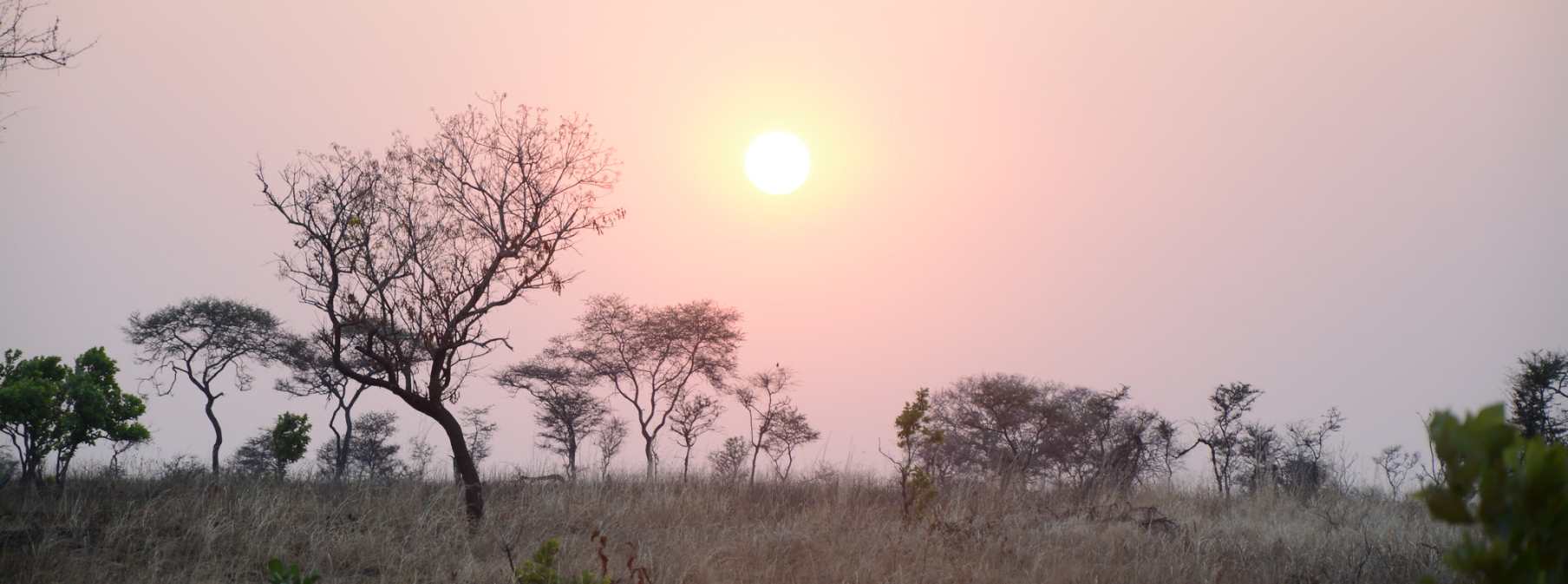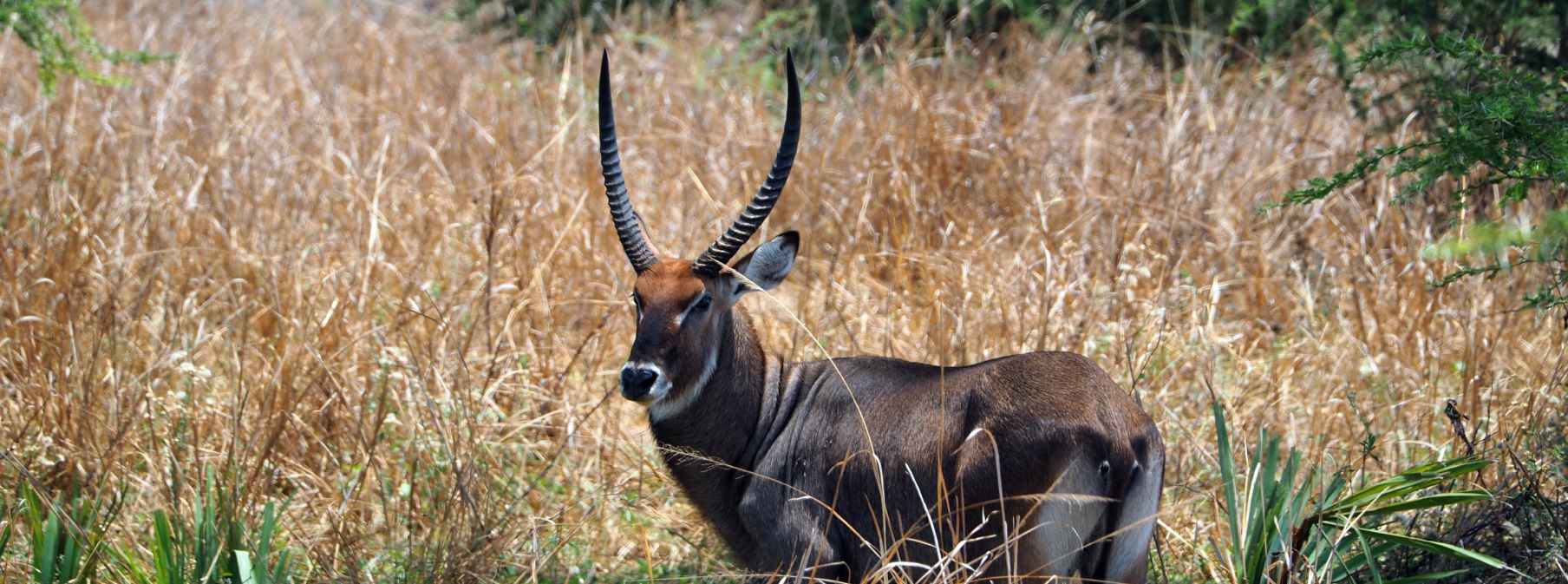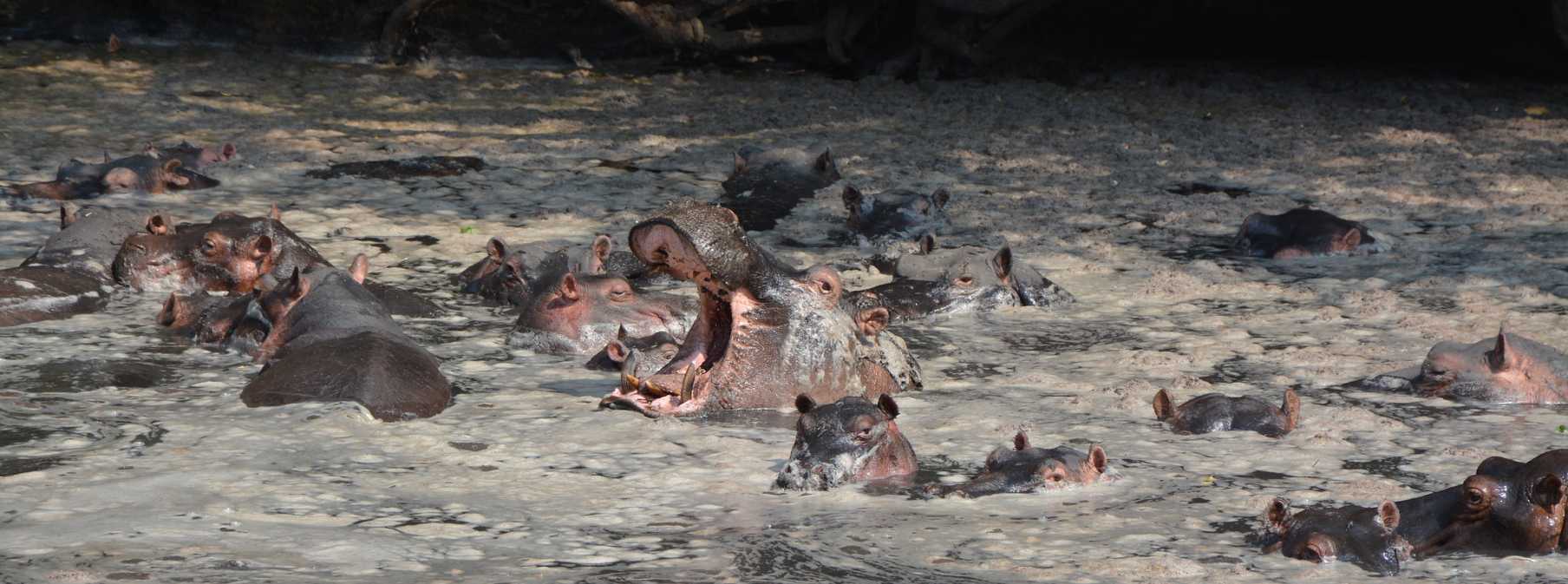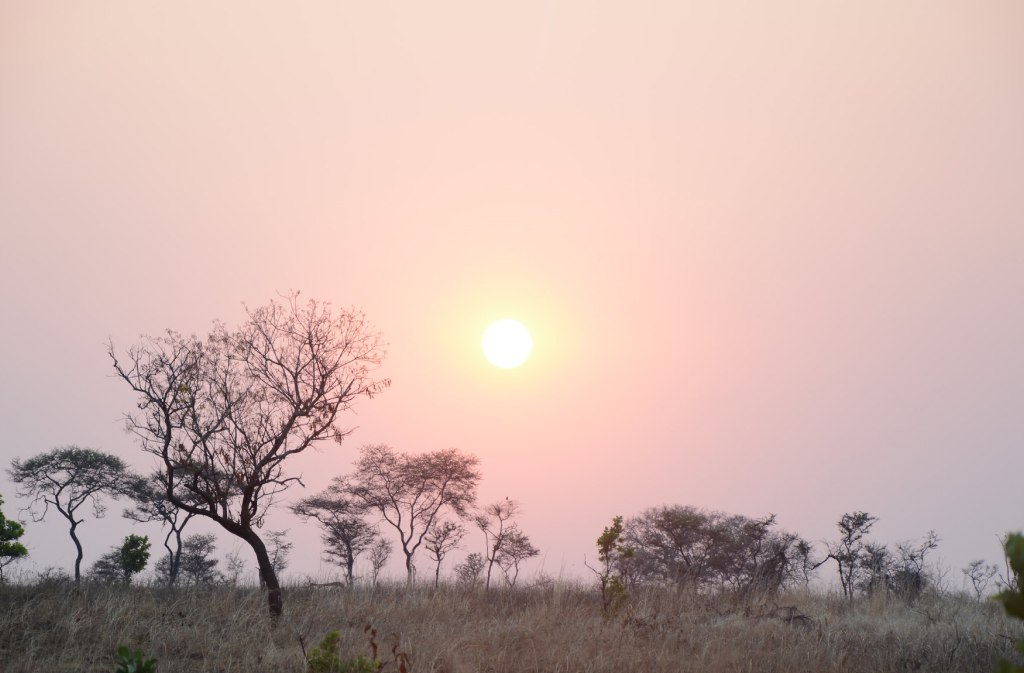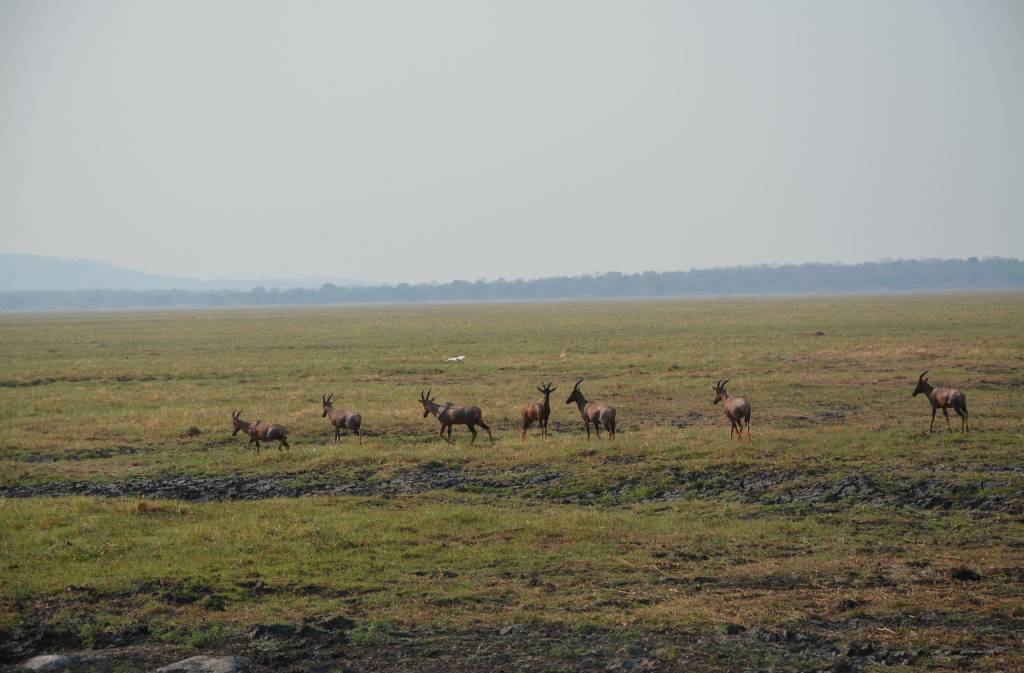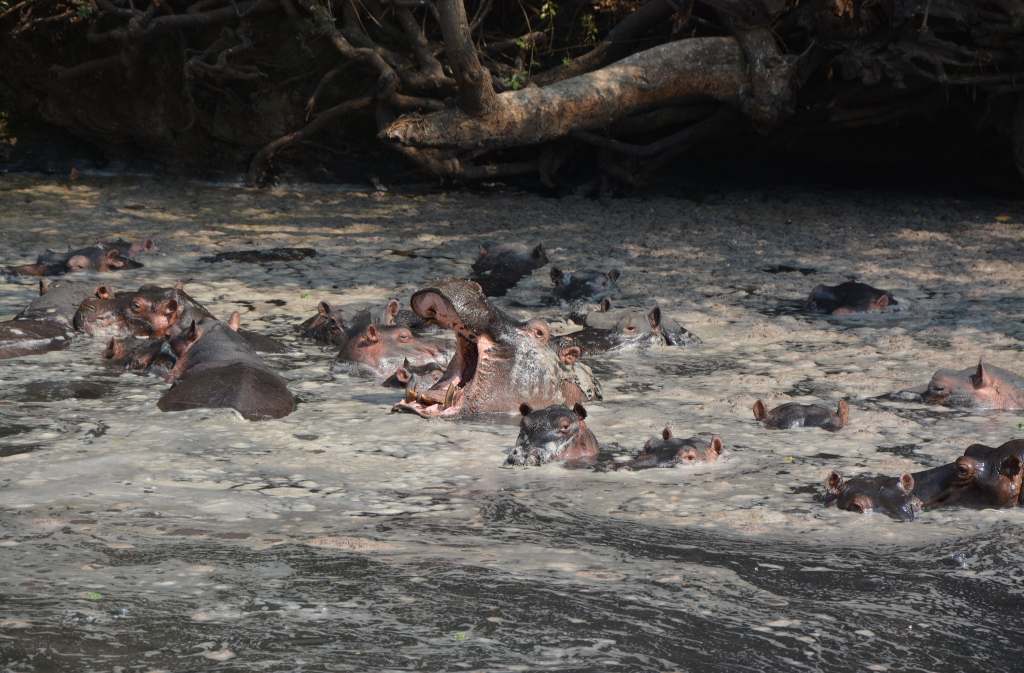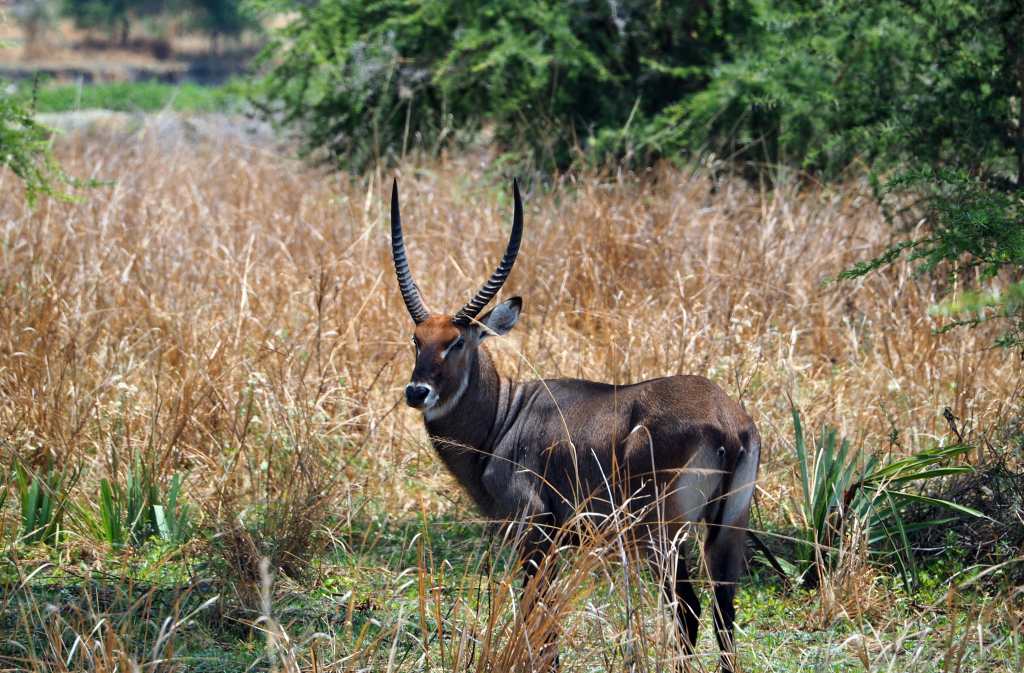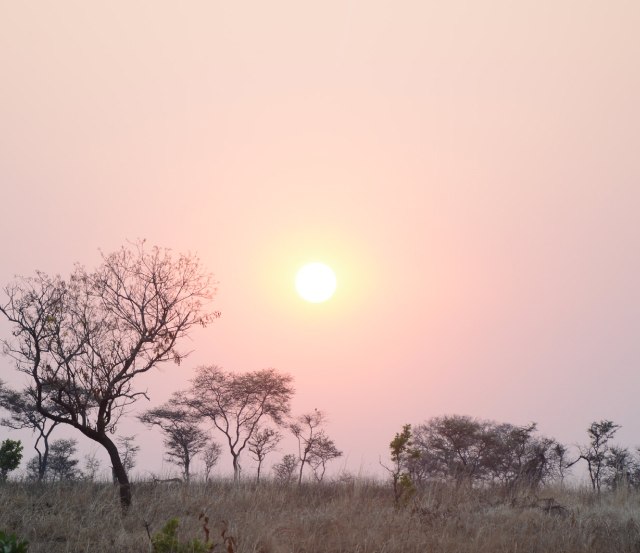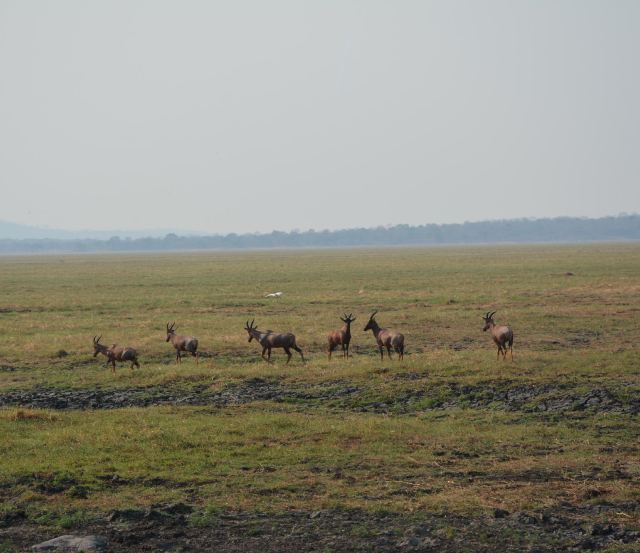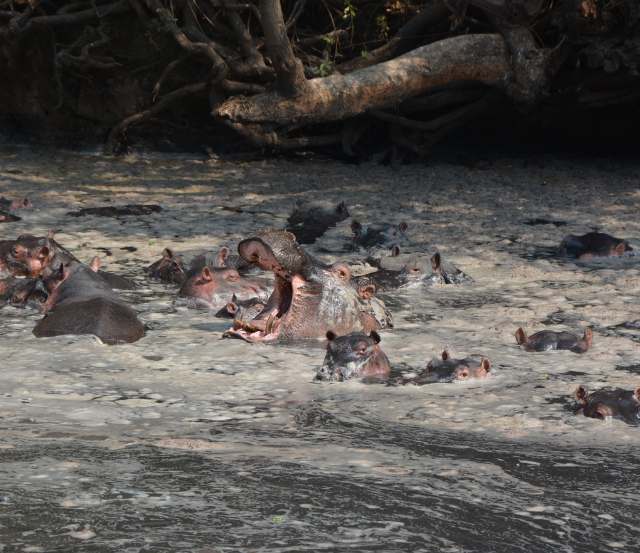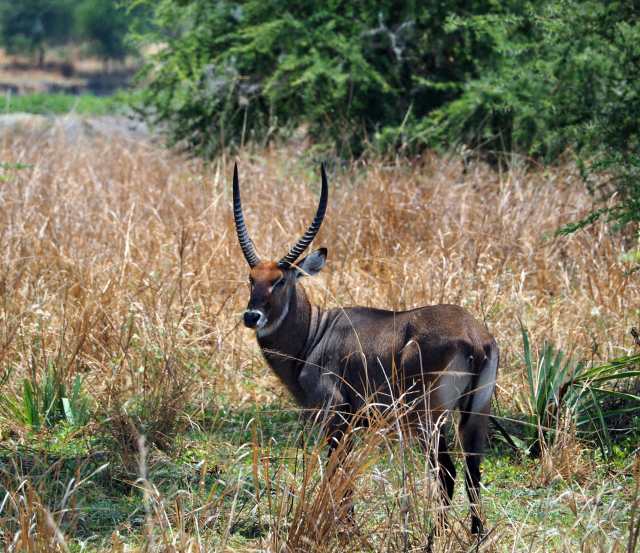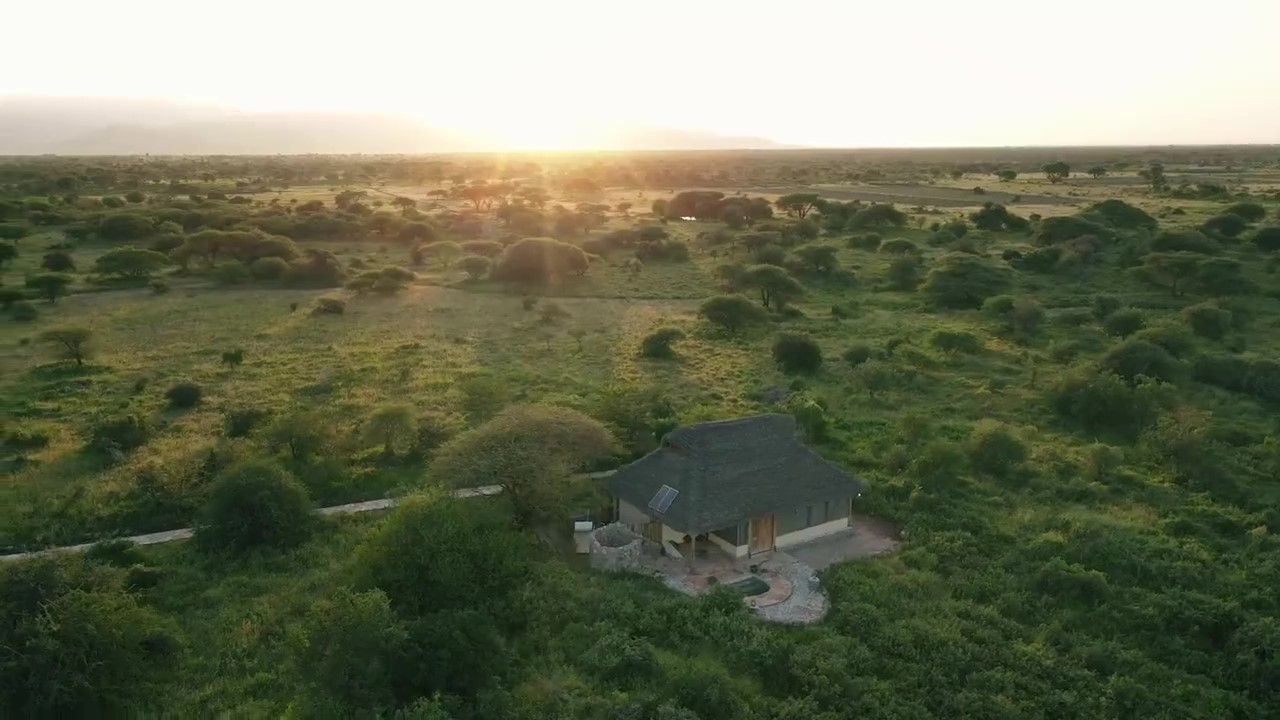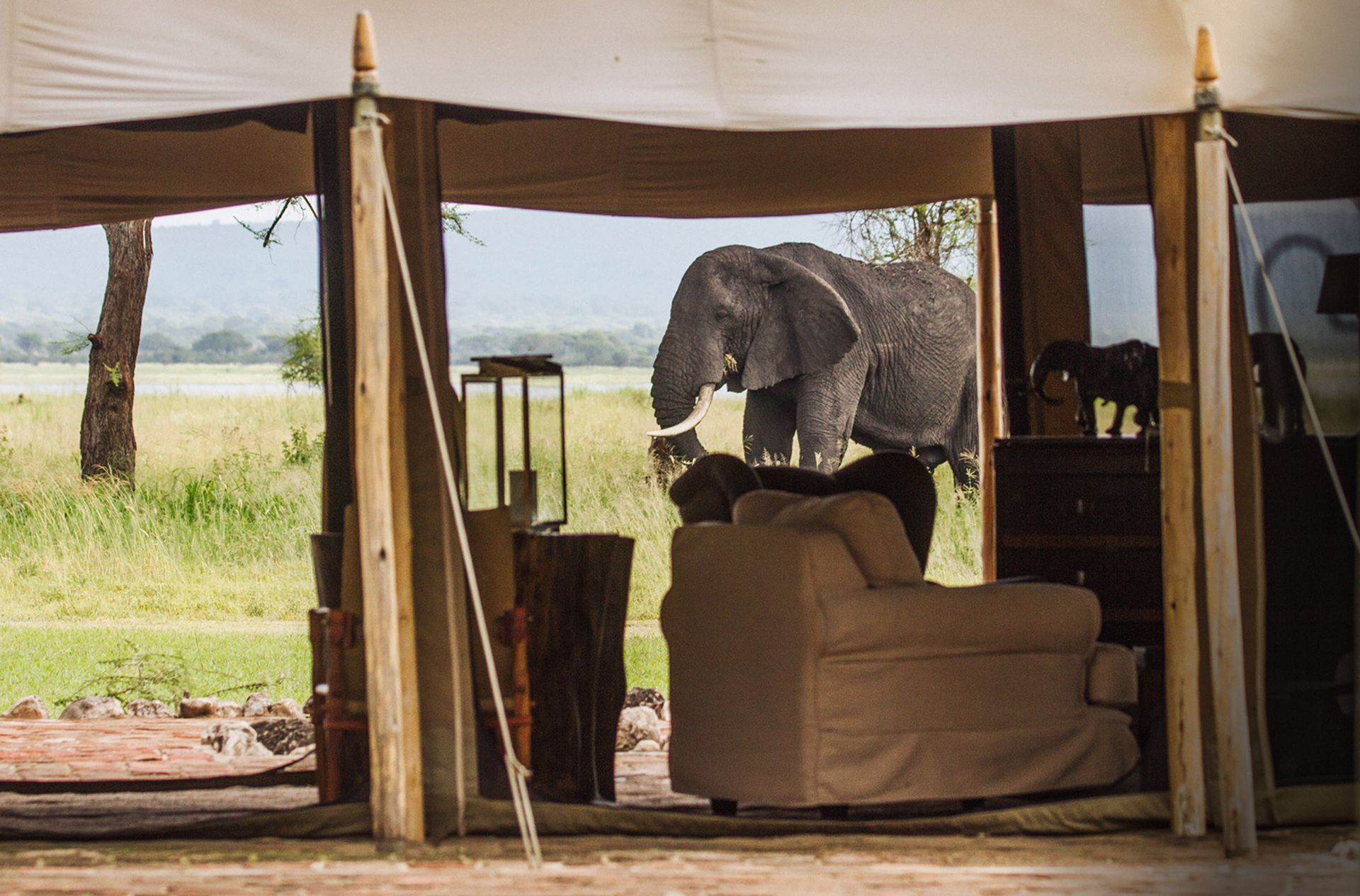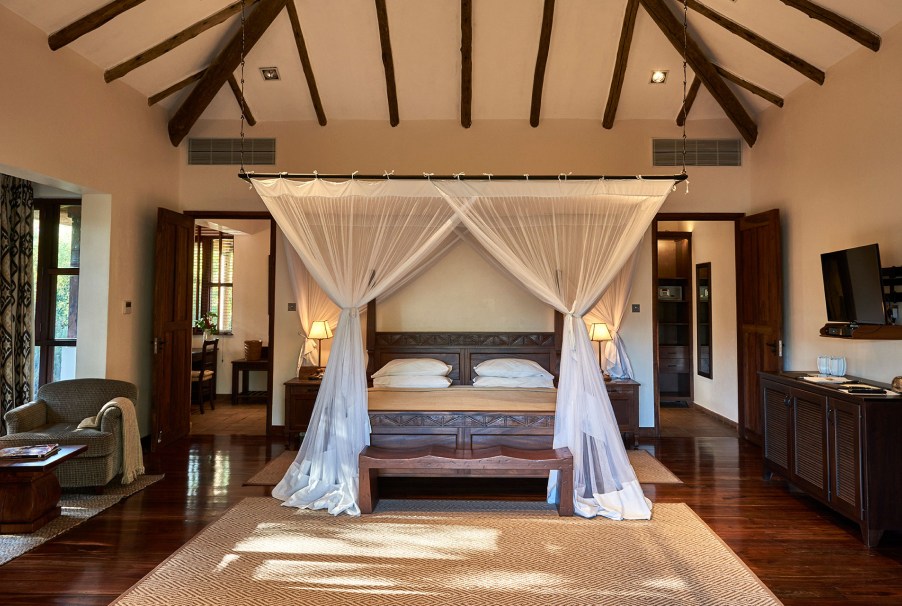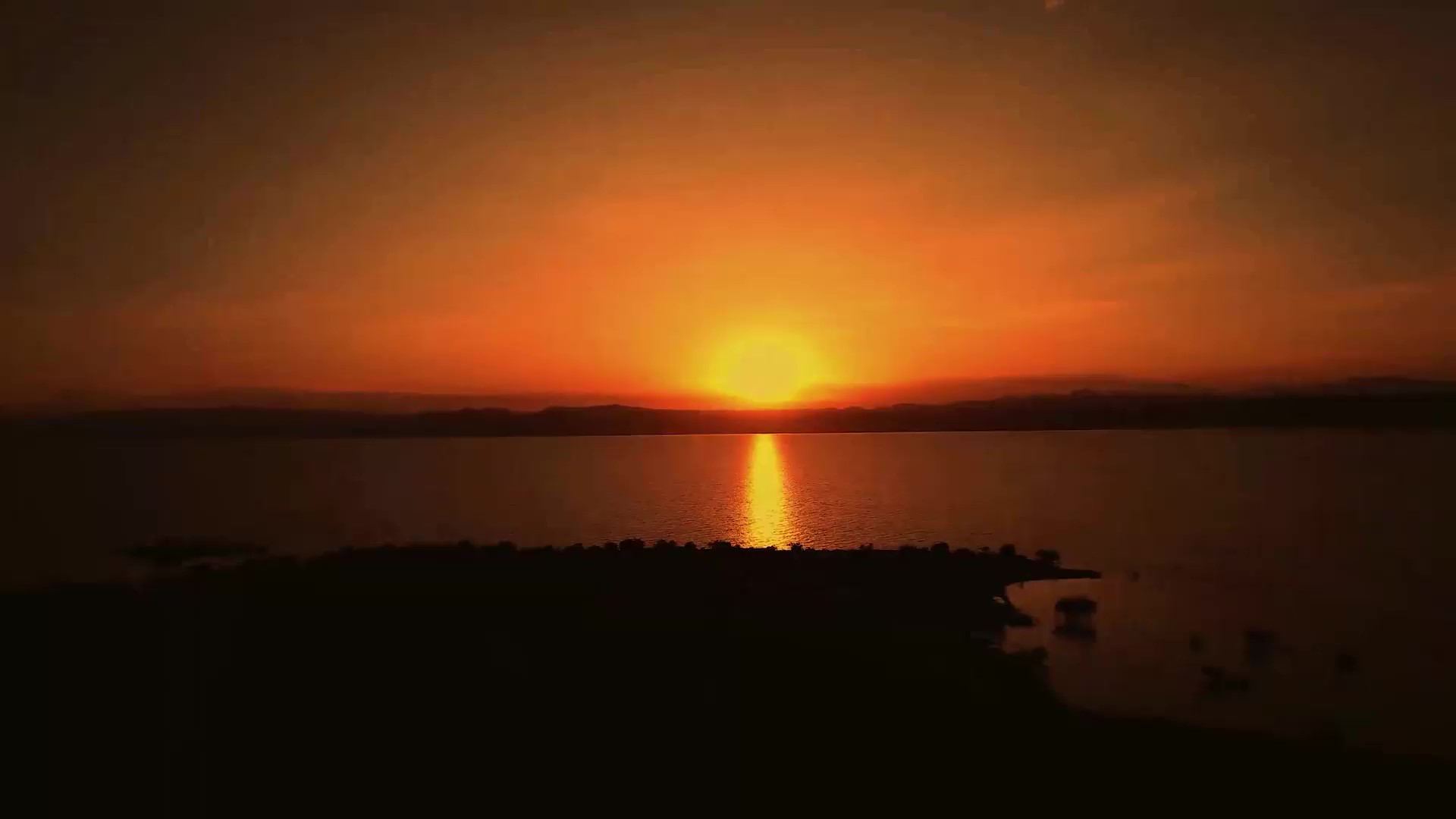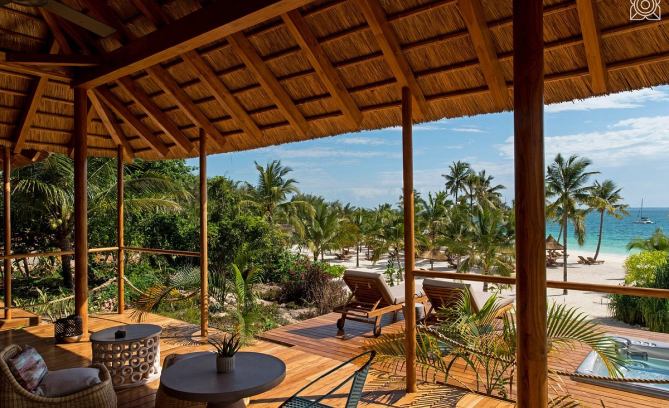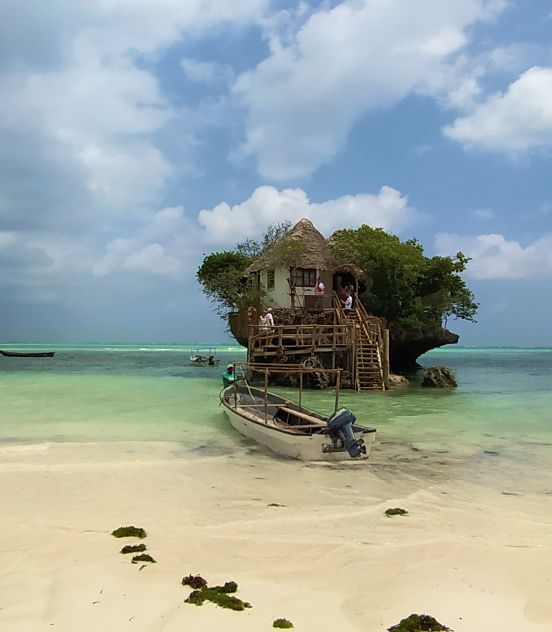Visit Katavi
Africa's wilderness in it's purest form
Isolated and rarely visited, Katavi is totally wild, offering intrepid souls a glimpse of what Africa was like a century ago. The main focus of the park is the Katuma River and Lakes Katavi and Chada. The park covers an area of 4,471 km2.
During the rainy season from November to February, these stretches of water are a haven for myriads of birds and home to hippos and crocodiles. Reduced to a trickle of muddy water in the dry season, from June to October, the Katuma is the only waterhole for miles around and the surrounding plains are home to populations of mammals.
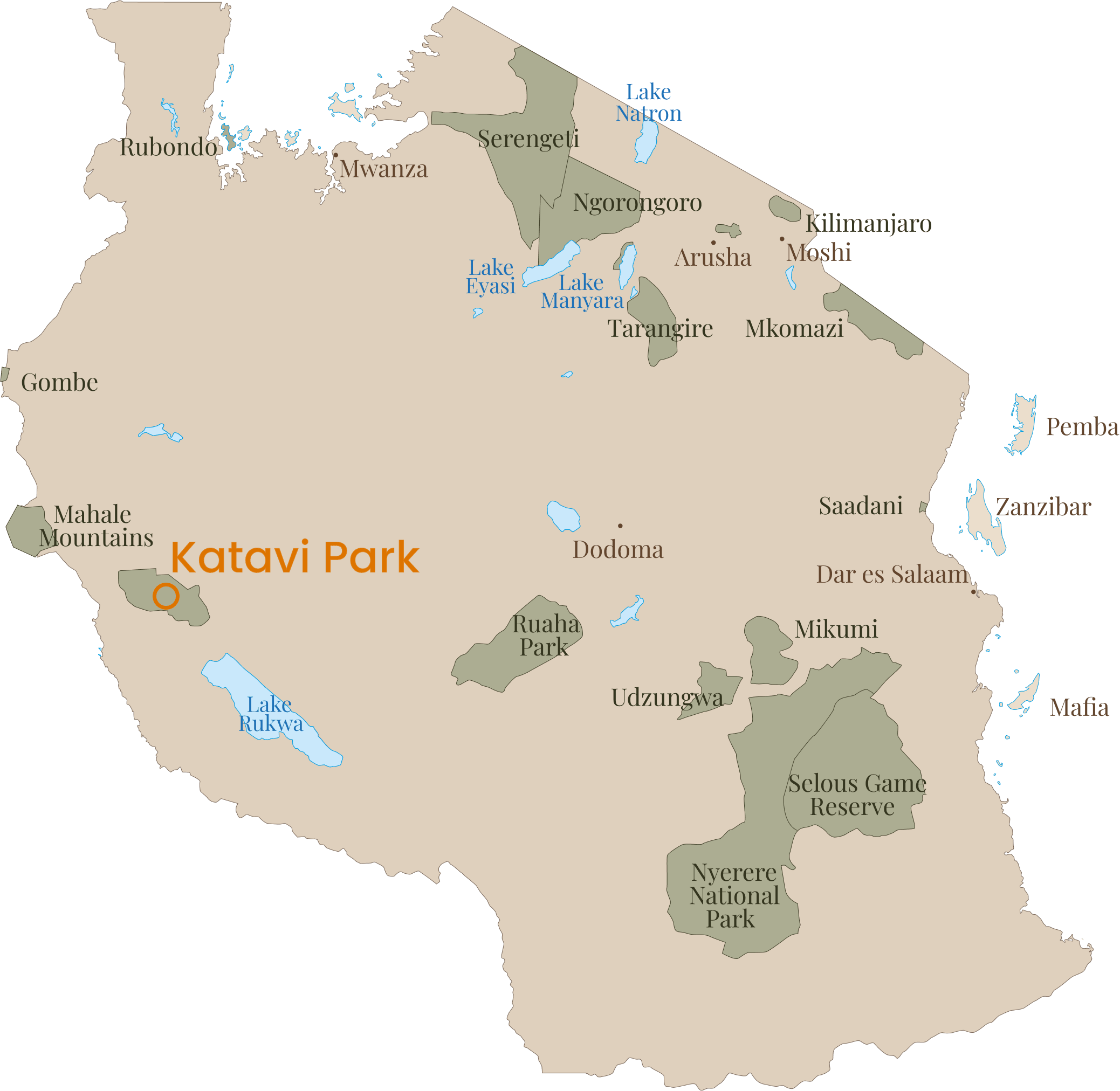
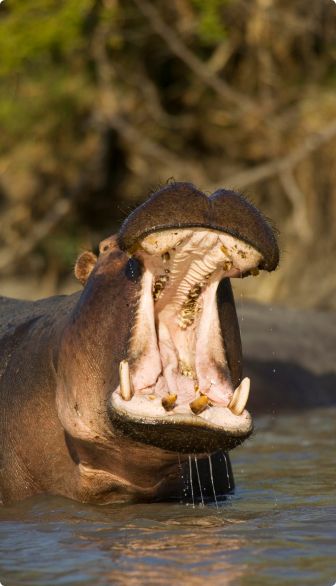
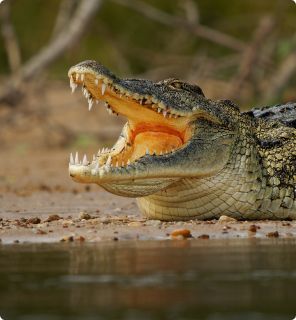
A journey to the heart of Tanzania's most beautiful landscapes.
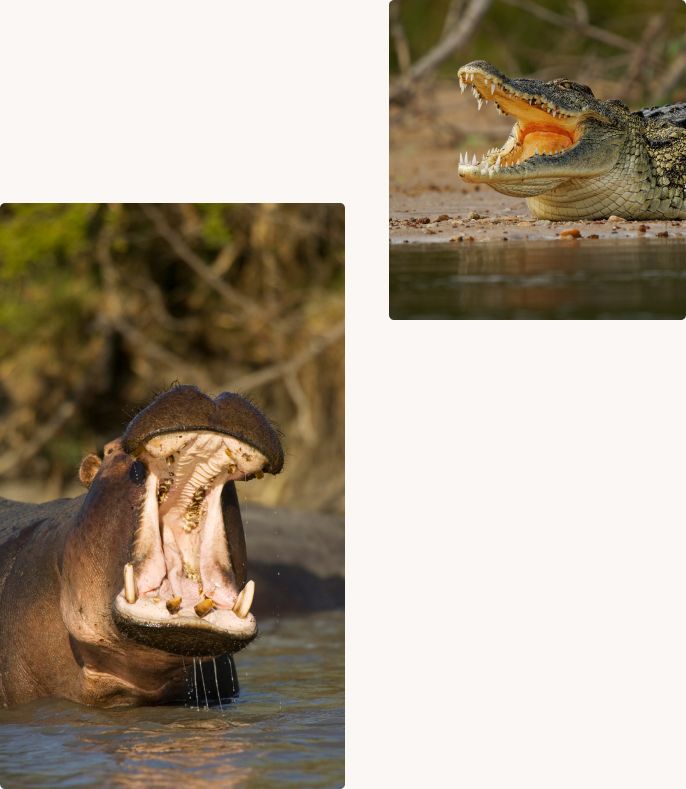
Habitat
& Animals
Katavi National Park covers an area of 4,471 km² and is centred around the Katuma rivers and the Katavi and Chada lakes. In the rainy season (November to February), these bodies of water attract numerous birds, hippos and crocodiles. In the dry season (June to October), the Katuma becomes the main watering hole in the region, attracting large populations of mammals.
Look out for:
· Hippos
· Crocodiles
· Antelopes
A journey to the heart of Tanzania's most beautiful landscapes.
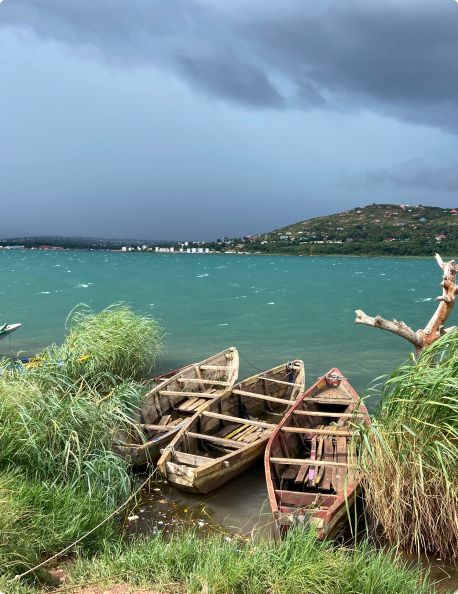
LAKE TANGANYIKA
The freshwater lake forms the western border of Tanzania and is the 2nd largest lake in Africa after Lake Victoria. It covers an area of 32,900 km² (the size of Belgium), stretching 677 km between Tanzania and the Democratic Republic of Congo. It lies on the western branch of the Great Rift Valley.
The lake is teeming with fish, including endemic species. Fishing (200,000 t/year) mainly involves two species of sardines and one species of perch.
Crocodiles, water cobras, hippos and fishing birds can also be found around the lake.
Lake Tanganyika is being severely affected by climate change, deforestation and overfishing.
It was on the shores of this lake, at Ujiji in 1871, that the famous meeting took place between the explorer Livingstone and Stanley, who set off in search of him. Stanley's famous line ‘Doctor Livingstone, I presume?’ has gone down in the history of African exploration.
 4×4 Safari
4×4 Safari
Explore the vast landscapes of Katavi by 4×4 to discover exceptional wildlife, including herds of hippos, elephants and lions in a secluded and peaceful setting.’
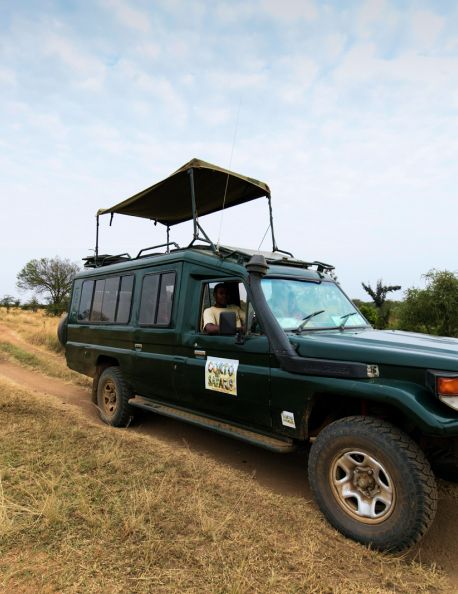
Your highlights
Being away from the touristics crowd
Untouched landscapes
The small bush plane

Expert's tip
“Katavi Park is very isolated. To get there, you'll need to take a small bush plane. Please note that these planes are charters and are only fly if there are at least 2 seats occupied on the plane.
Flights are on Mondays and Thursdays. Watch your itinerary!
Katavi is less than 2 hours from Ruaha Park and 1 hour from Mahale Park.
You can visit this park from June to February only.
Lilou, Director
